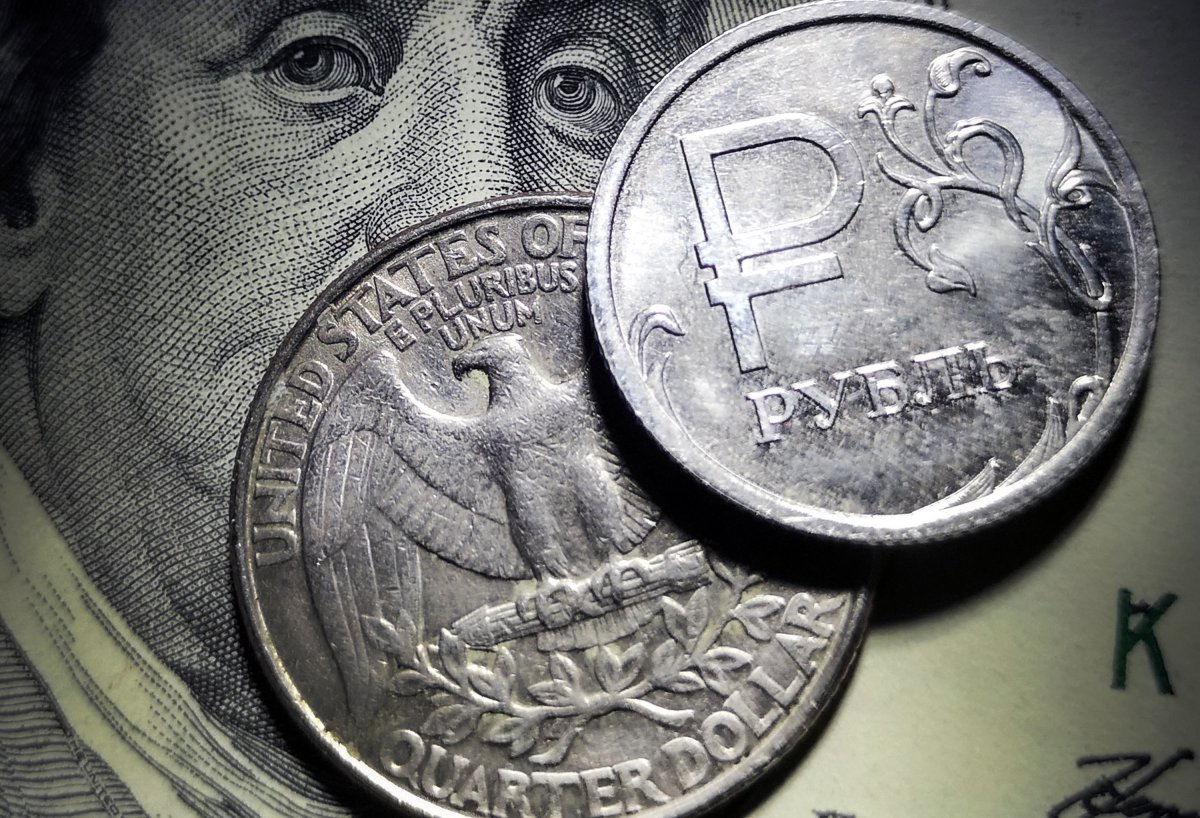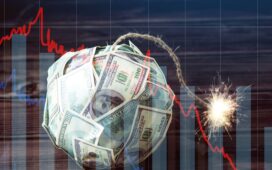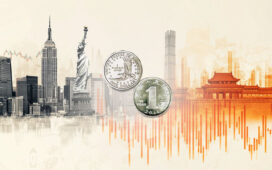Russia’s currency, the ruble, reached its highest level against the U.S. dollar in six months, off the back of reports of potential talks between Vladimir Putin and Donald Trump.
On Tuesday, the ruble was up 1.1 percent to 86.8 to the greenback in the over-the-counter market, its highest since August 9, 2024. The ruble also strengthened 1.3 percent to 11.81 against China’s yuan.
It marks a dramatic recovery of the Russian currency, which, at the end of November 27, had plummeted to 114 against the dollar—its lowest since the start of Putin’s full-scale invasion of Ukraine in February 2022, which prompted sanctions upending Russia’s economy. Newsweek has contacted the Russian Finance Ministry for comment.

ALEXANDER NEMENOV/Getty Images
Why It Matters
U.S.-led sanctions against Russia aimed to punish Putin for his aggression in Ukraine and isolate the country from the global economy.
While there has been economic turbulence in Russia, no knockout punch was delivered; news of a strengthening ruble off the back of talk of a deal with the U.S. could deliver a boost for the Kremlin, which holds a strong currency in high regard.
What To Know
The ruble’s slide against the greenback in November was triggered by a round of sanctions by the previous Biden administration on Russian lenders. Those affected included Gazprombank, through which payments for Russian gas were made.
However, the ruble has climbed steadily against the dollar over the last three months. The currency was driven up on February 13, following a conversation between Putin and Trump about ways to end the Ukraine war, which coincided with a boost in Russian stocks.
The ruble was helped further after Putin offered the U.S. on Monday the opportunity for joint exploration of the Russia’s rare earth metals deposits and the supply of aluminum to the American domestic market, under a possible deal.
Trump had also said that major economic development transactions with Russia would take place.
Janis Kluge, deputy head of the Eastern Europe and Eurasia division from the German Institute for International and Security Affairs, told Newsweek on Tuesday that the collapse of the ruble at the end of 2024 had fueled price increases by making vital imports more expensive.
He said that Russia’s most pressing economic problem is inflation, and the strong ruble will help reduce that. Kluge added that Russians consider the ruble exchange rate as the most important indicator of how the economy is doing.
When the ruble strengthens, it tells Russians that things are going in the right direction, give the Russian regime more confidence and help it hide the costs of the war, he added.
BCS brokerage analysts said that, as the ruble’s exchange rate includes a geopolitical premium, progress in negotiations over the war could see the currency soon hit 85 to the dollar.
What People Are Saying
Janis Kluge, from the German Institute for International and Security Affairs, told Newsweek: “For Russians, the ruble exchange rate is the most important indicator of how the economy is doing.
“When the ruble strengthens, it tells Russians that things are going in the right direction. The stronger ruble will give the Russian regime more confidence and help it hide the costs of the war.
T-Investments said on Telegram: “At current levels, the ruble looks overvalued about as much as it was undervalued in November-December.”
What Happens Next
Russian firm T-Investments said on Telegram that the ruble is about as overvalued as much as it was undervalued in November and December.
If the ruble stayed at the current level, the Ministry of Finance and the Bank of Russia may have to take action to weaken it, such as through a temporary decrease in foreign currency sales. T-Investments predicted that the ruble exchange rate by the end of the year would be between 101 and 105.




